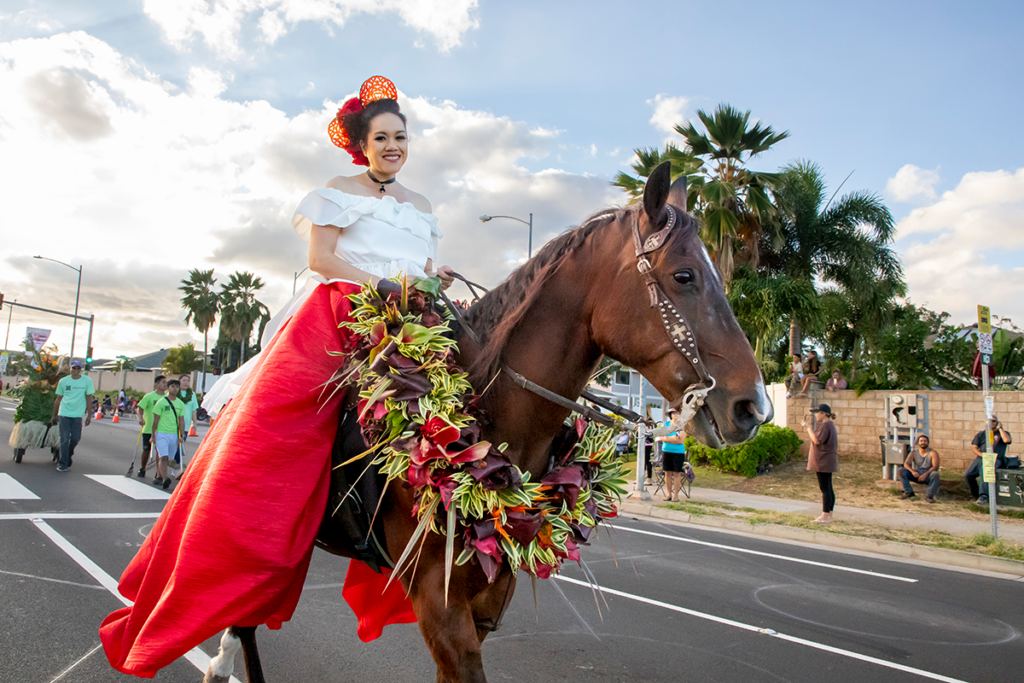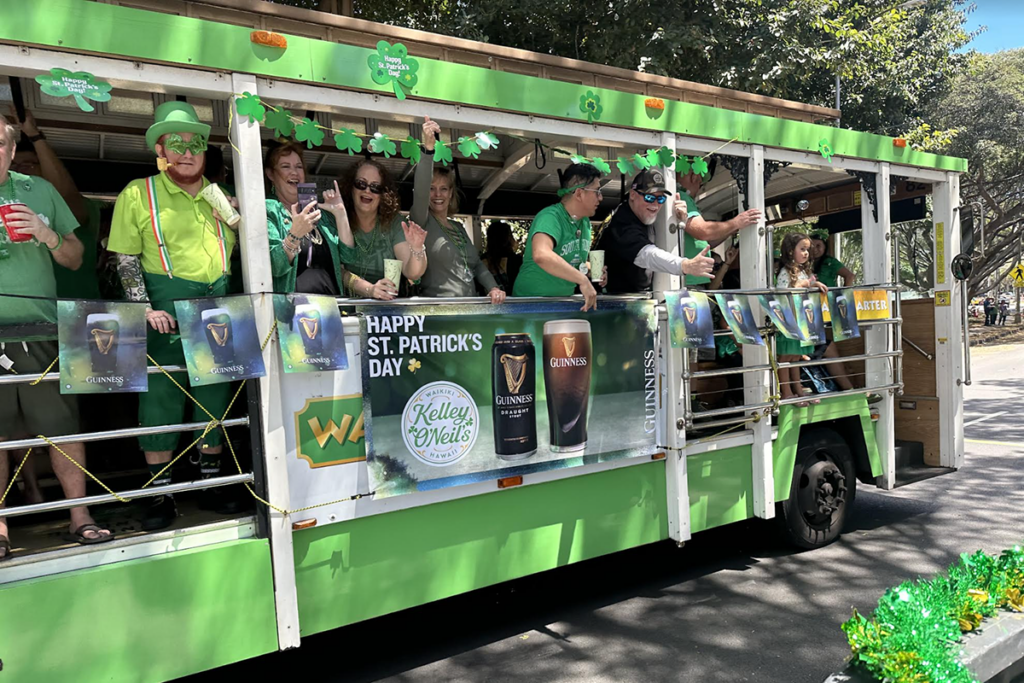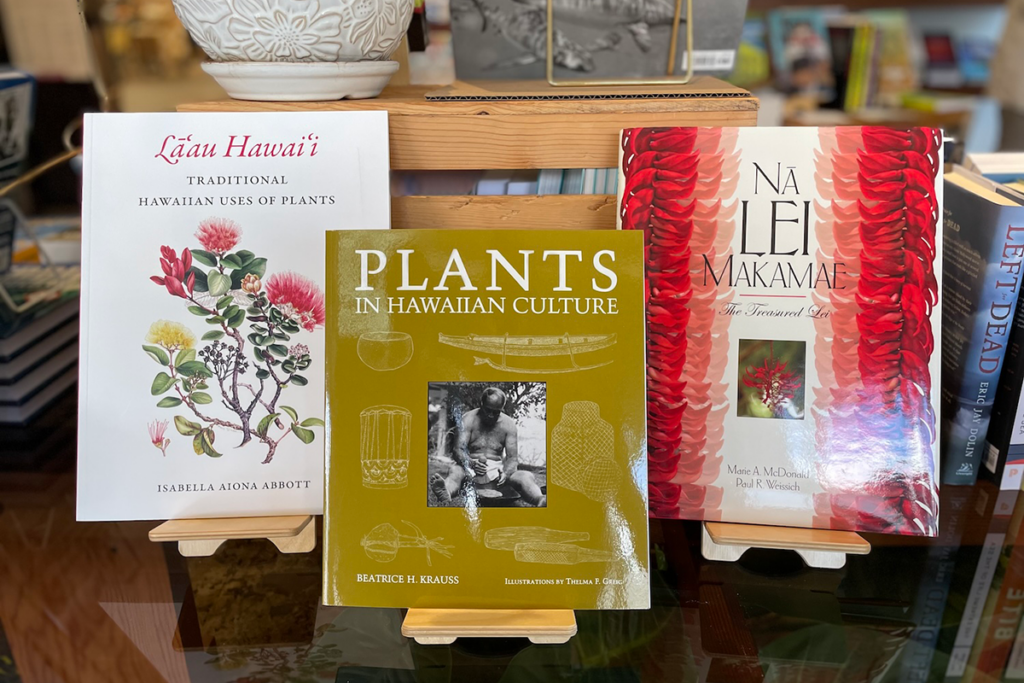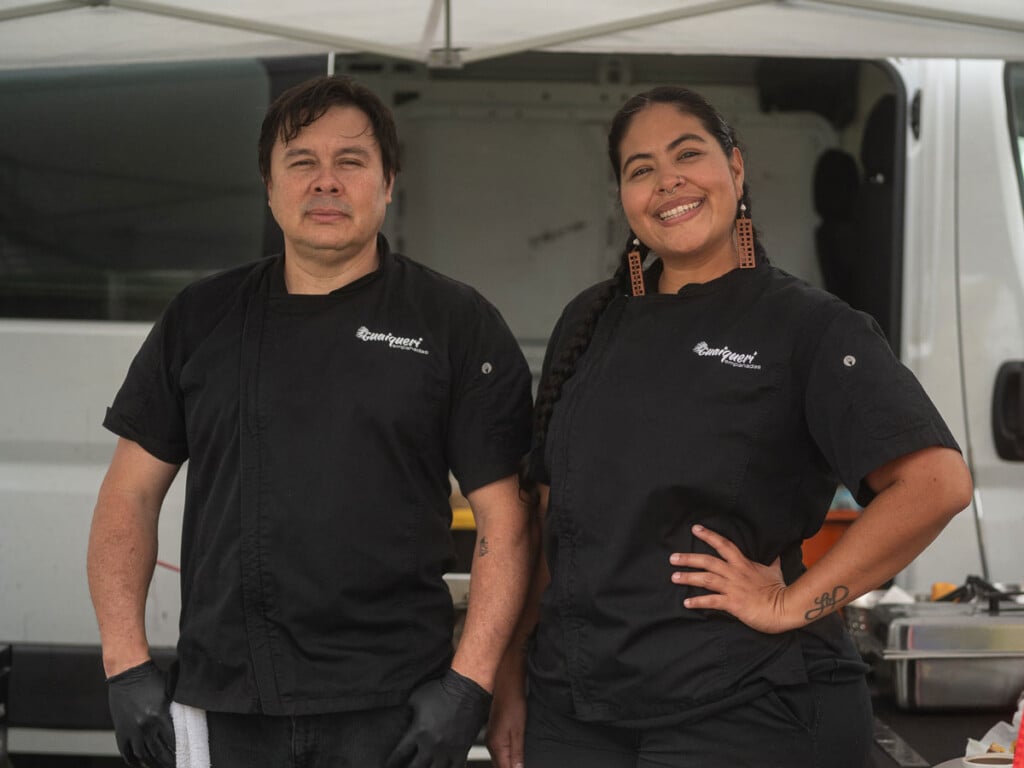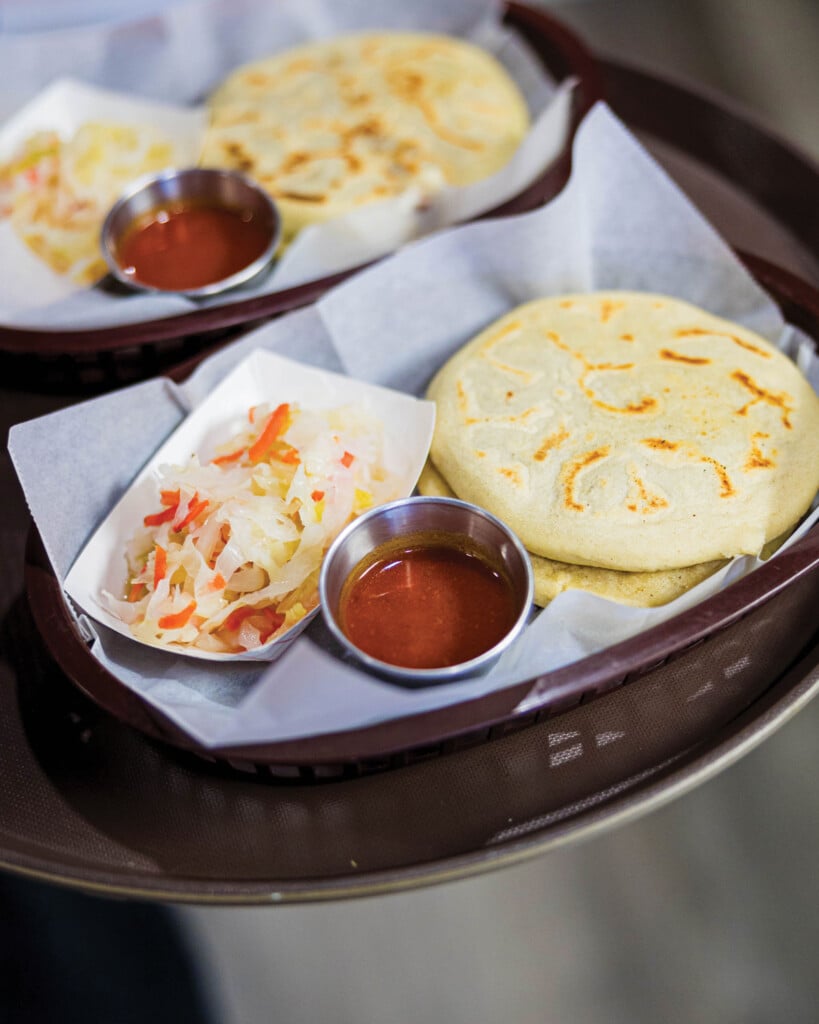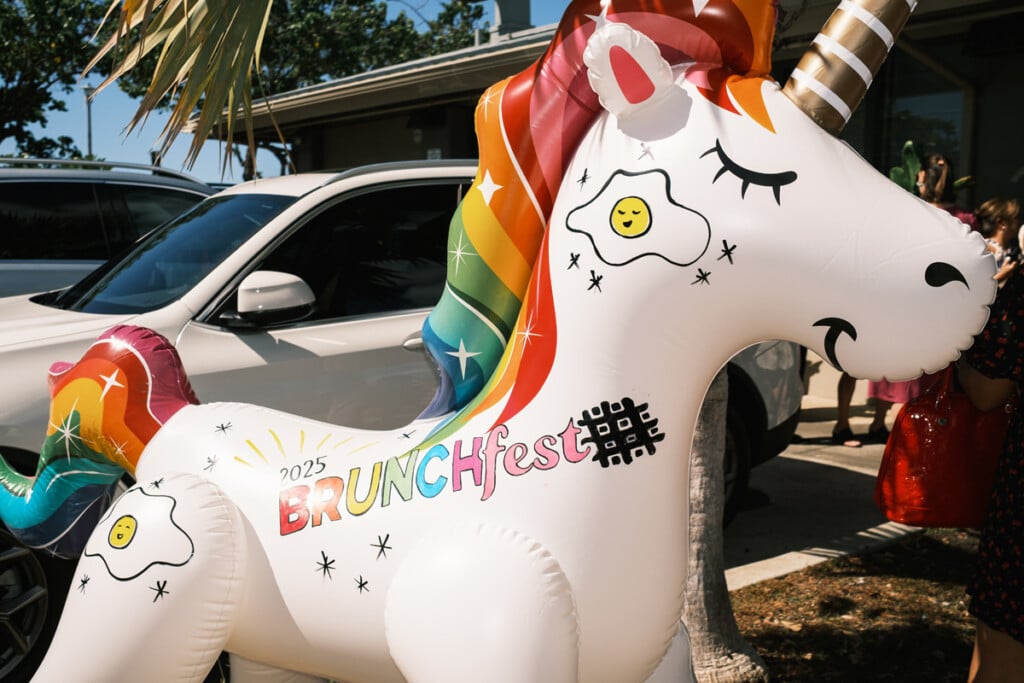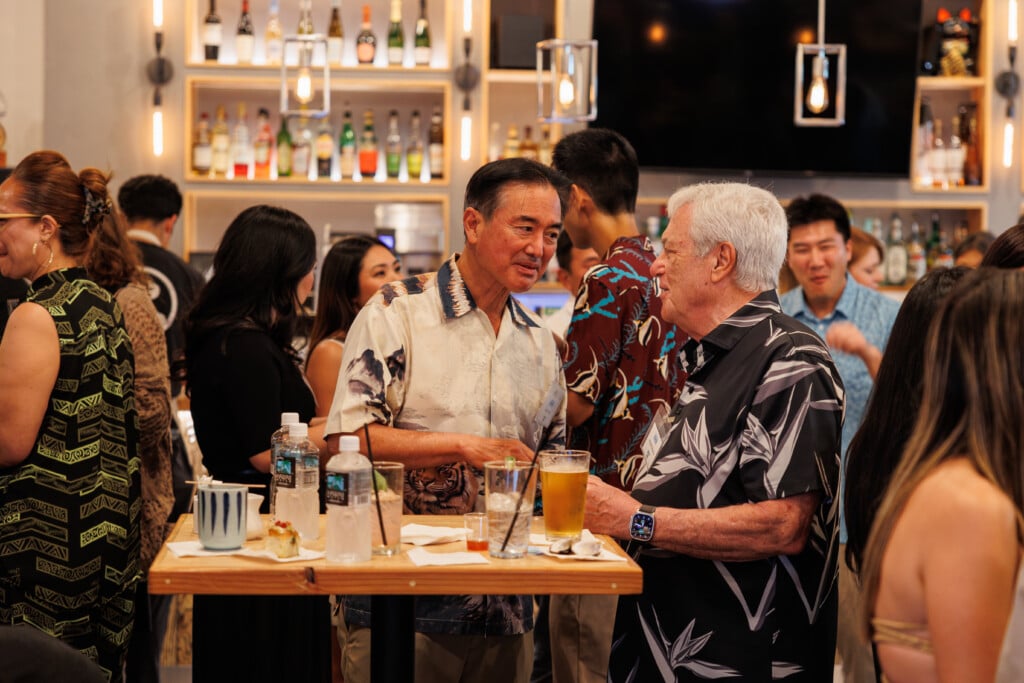Learning Hawaiian on Duolingo
‘Ōlelo Hawai‘i is an official state language, and you can learn it for free.

Photo: little plant on Unsplash
At a recent Honolulu City Council meeting, resident Anita Lorinc, who also goes by “Kai,” claimed that Hawaiian is a “dead language” after a few people who had testified before her began their testimony in Hawaiian. The backlash was swift, both at the hearing and publicly.
The revitalization of ‘Ōlelo Hawai‘i has come a long way since it was banned in the late 19th century, but it’s clear there’s more we can all do to keep it alive and well.
The last time I remember Hawaiian being a required class was when I was in elementary school, yet the focus was more on culture than the language. Over the years, I’ve picked up plenty of words and phrases that I now use regularly, but I’ve also felt embarrassed when receiving emails signed “Mahalo piha” and “Me ka haʻahaʻa,” not understanding what they meant. I should know more. After all, ‘Ōlelo Hawai‘i is one of our official state languages, along with English.
So I started the free Hawaiian course on the Duolingo app in October. I’d never used Duolingo before, but it’s easy to set up. You set practice goals (how much time you want to spend learning each day) and commit to a streak. You’re given hearts that deplete when you make mistakes, and gems as rewards that can be spent on more hearts. A leaderboard shows what league you’re in based on points. Daily quests (learning for at least 10 minutes, for example) can help you earn more points, and it can get addictive.
SEE ALSO: 14 Common Place Names on O‘ahu and What to Call Them Instead
The first few weeks, I had no trouble matching words and definitions I already knew (hale, wahine, kāne, keiki, inoa, mahalo, etc.). It wasn’t long before I changed my email greetings from “Aloha (name)” to “Aloha e (name).” It’s when sentences came into play that I struggled without a grammar lesson first. I’ve heard that with other languages on Duolingo, there’s a little explainer at the top of each unit, but for Hawaiian, it just shows examples, so it’s more about memorization.
Most lessons involve translating sentences in the correct order from a word bank. There are listening and spelling sections, too. You can usually click on the individual Hawaiian words to find out what they mean, but as sentences get more complex, you’re on your own figuring out the order.
After about 60 days, I started losing steam. I still practice every night, but I’m stuck between the options of either drilling down on vocab I’m already 100% confident in (I don’t need to be reminded what “lei” means every day) or trying to guess where everything goes in a 13-word sentence. You can target weak areas with the paid version of Duolingo ($6.99 per month), but there are other free resources out there I’m looking forward to trying next, especially now that my vocabulary has improved.
SEE ALSO: 4 We Tried: We Search for the Best Ways to Learn Hawaiian Online for Free
Duolingo isn’t perfect, and I won’t be fluent anytime soon, but it’s a great starting point. Learning the language of the place where you live shows respect. Let’s speak it enough to make sure no one ever calls Hawaiian a dead language again.
